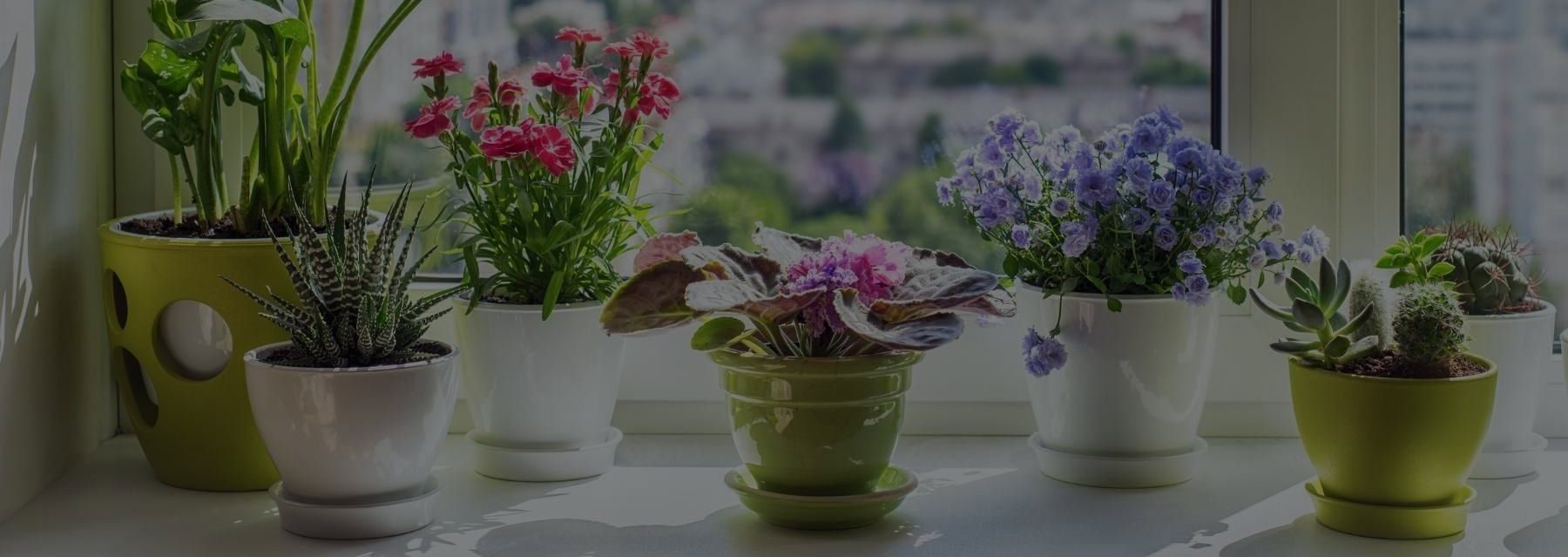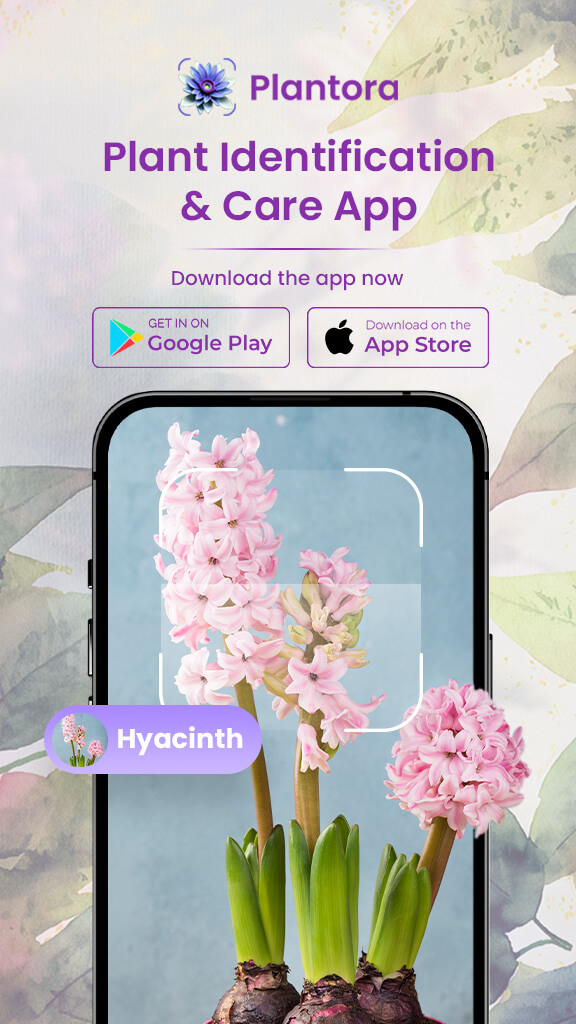
The sweet smell of many fragrant plants invokes happiness and calmness in one’s mind. Now imagine that same feeling at home with beautiful and sweet-smelling fragrant indoor plants. These plants can transform your indoor garden into a cheery and aromatic space and keep your home from always smelling great.
These fragrant house plants are not only aromatic but also beautiful. They can, therefore, improve the smell and appearance of your home. Moreover, these indoor plants are also very easy to grow and care for.
Many fragrant plants that you see in outdoor gardens can be grown indoors and thrive with minimal care. So, without further ado, let’s explore some popular fragrant indoor plants and how you can grow them at home easily.
11 Top Fragrant Indoor Plants
1. Gardenia

The beautiful single or double white flowers of Gardenia emit a strong scent. These fragrant indoor plants, however, are a little tricky to grow as they require bright and humid conditions that can be hard to mimic indoors.
But if you manage to grow these fragrant house plants, they can reward you with a strong aroma and an appealing sight of beautiful white flowers that contrast well with dark green leaves. The scent of Gardenias improves mood and is linked to boosting overall mental health.
2. Angel’s Trumpet

The attractive tubular flowers of these pollinator-friendly plants are loved by wildlife when grown outdoors. Angel’s Trumpet can be grown indoors in cold regions, however, this plant is not pet-friendly, and all of its parts are toxic to humans. So, make sure to keep them away from children.
These fragrant indoor plants do well in full sun and moist soil. Angel’s trumpet is comparatively easy to grow and thrives well in indoor conditions.
3. Lemon Balm

The citrusy scent of these fragrant indoor plants helps in reducing anxiety and promoting relaxation, which further improves sleep. Lemon Balm is easy to grow as it needs only partial shade to full sun with a well-draining soil mix to thrive indoors.
Moreover, Lemon balm is are edible houseplant with many medicinal and herbal properties. The leaves of these fragrant house plants are used in salads, teas, or can be eaten raw.
4. Arabian Jasmine

These flowering vines come in single and double-flowering varieties. Arabian Jasmines are used to add fragrance to green teas. These fragrant indoor plants produce beautiful white flowers that light up any indoor environment.
You can grow these plants in hanging baskets or train them to climb or trail along different structures. Arabian Jasmine thrives well in sunny locations with well-drained and evenly moist soil.
5. Hoya Carnosa

Also known as the wax plant, Hoya is one of the easiest-to-grow fragrant indoor plants. The blooms of these plants release a sweet, honey-like fragrance as they produce a lot of nectar. Moreover, hoyas are also great air-purifying indoor plants that clean indoor air.
These climbing plants thrive in bright and indirect sunlight and should be watered when the top layer of the soil feels dry to the touch. Hoyas come in a variety of different shapes and colors, such as purple, white, and pink.
6. Passionflower

Not all varieties of Passionflower are fragrant, but they all guarantee bizarre-looking blooms. While selecting, make sure to research some of the scented varieties of these fragrant house plants. Some of the famous scented varieties of Passionflower are ‘Vanilla Cream’, ‘Elizabeth’, and ‘Inspiration’.
These fast-growing plants need support to climb on. Moreover, Passionflowers thrive in well-draining soil and full sun.
7. Lavender

These fragrant indoor plants look as good as they smell. Lavender features tall spikes of beautiful purple flowers that contrast well with the silver-green foliage. The sweet smell of Lavender is used in many soaps, fragrances, and essential oils as it induces soothing effects.
Lavender prefers direct sun with well-draining soil. Moreover, they need less watering as they like to be on the drier side.
8. Citrus Plants

A few varieties of citrus fruiting plants, such as lemon, orange, lime, and more, can be grown as fragrant indoor plants. These plants produce beautiful and scented flowers and fruits. With enough patience and care, you can also enjoy the fruits of these plants.
It is best to have a store or nursery-grown citrus plant, as they can take years to grow from seeds. These fragrant house plants need bright light, evenly moist soil, and high humidity to thrive.
9. Geraniums

Scented geraniums are some of the most beautiful indoor flowering plants, with a sweet and captivating aroma. Different varieties of these fragrant indoor plants produce scents similar to lemon, mint, ginger, chocolate, and even rose.
Moreover, you can also choose from varieties with interesting shapes and textures. Geraniums prefer bright sunlight and watering with enough dry periods in between.
10. Stephanotis

These beautiful flowering vines produce star-shaped, white, waxy flowers with thick, leathery leaves that create an attractive display in your home. Moreover, the flowers of these fragrant indoor plants have a jasmine-like scent that lasts for weeks.
With enough light, these fragrant house plants will produce a cluster of flowers from spring to fall. Stephanotis thrives in full sun and well-draining soil.
11. Bay Laurel

These fragrant indoor plants can be grown as either small trees or shrubs. Bay laurel is a herbal plant that is used in many culinary items. The sweet and savory smell of these plants is much appreciated in indoor setups.
These fragrant house plants grow in moist and well-draining soil with full sun to partial shade. Bay laurel is used in soups, salads, casseroles, stews, and many other dishes.
How To Grow Fragrant House Plants?
Fragrant house plants can be grown easily, just like most indoor plants, as they require minimal care and are manageable in most environmental conditions.
- Choose the right plant – Even though most fragrant indoor plants are highly adaptable, selecting plants that are suitable for your indoor conditions can guarantee good results.
- Water – Indoor plants can be affected by overwatering. Therefore, water these fragrant house plants only when the top layer of the soil feels dry to the touch.
- Light – Most fragrant plants produce flowers, and for that, they require bright and indirect light.
- Temperature – Fragrant plants prefer daytime temperatures between 65-75°F (18-24°C) and nighttime temperatures around 55-65°F (13-18°C).
- Humidity – Fragrant house plants do well in 40-60% humidity. Use a humidifier or a water tray to maintain humidity around your plants.
- Fertilizer – Feed your fragrant indoor plants using a water-soluble and balanced fertilizer during the growing season.
- Repot – These plants are generally required to be repotted every 1-3 years as they become root-bound.
Benefits Of Fragrant Indoor Plants
Fragrant indoor plants offer a variety of benefits from improved aesthetics to air quality –
- Stress Reduction – The calming scent and beautiful appearance of fragrant house plants help in reducing stress and also improve mental well-being.
- Air Purification – Plants like Lavender and Hoya are renowned for their air-purifying abilities. These plants help remove harmful toxins from indoor air.
- Natural Fragrance – By incorporating fragrant indoor plants into your home, you can eliminate the need for chemical/artificial air fresheners and contribute to a healthy environment.
- Aesthetic Appeal – Just like most indoor plants, these plants also improve the overall aesthetic appearance of your home.
Conclusion
Fragrant indoor plants can easily improve the overall appeal of your home with their beautiful appearance and captivating smell. These plants can be grown easily at home and provide many other benefits as well. So, make sure to grow these plants at home and improve your gardening skills. To know more about such amazing plants and how to grow them at home, download the Plantora app. This app provides extensive knowledge about a variety of plants and their care routine. Moreover, with Plantora, you can also identify different plants.
Raghav is a talented content writer with a passion to create informative and interesting articles. With a degree in English Literature, Raghav possesses an inquisitive mind and a thirst for learning. Raghav is a fact enthusiast who loves to unearth fascinating facts from a wide range of subjects. He firmly believes that learning is a lifelong journey and he is constantly seeking opportunities to increase his knowledge and discover new facts. So make sure to check out Raghav’s work for a wonderful reading.





